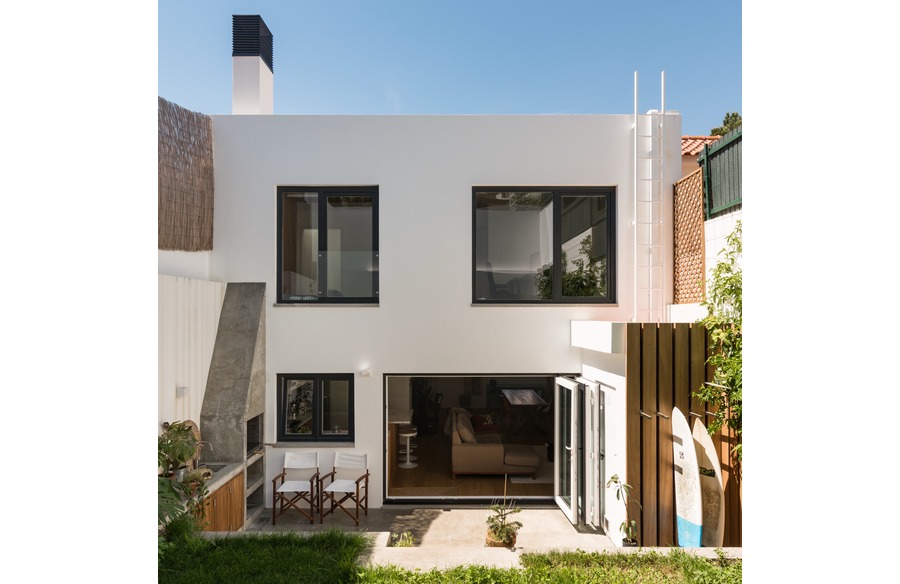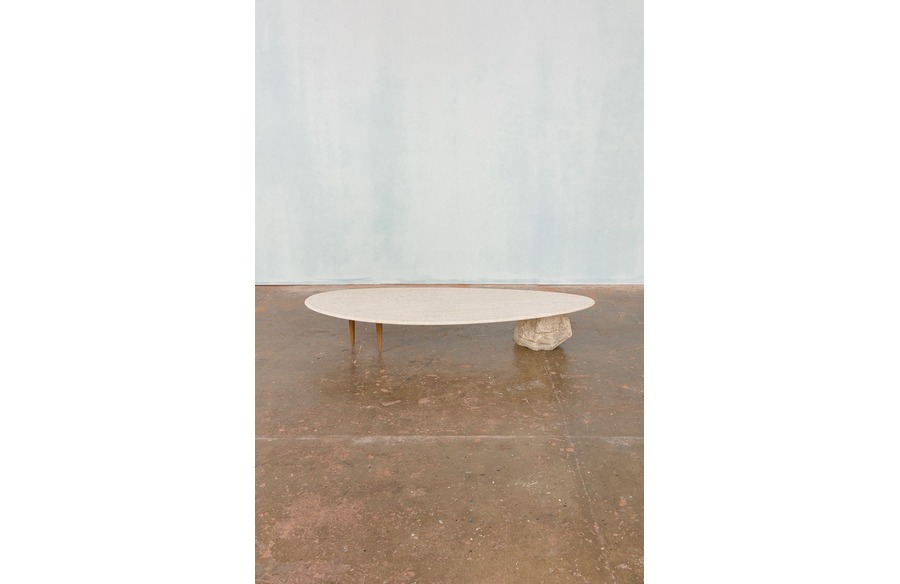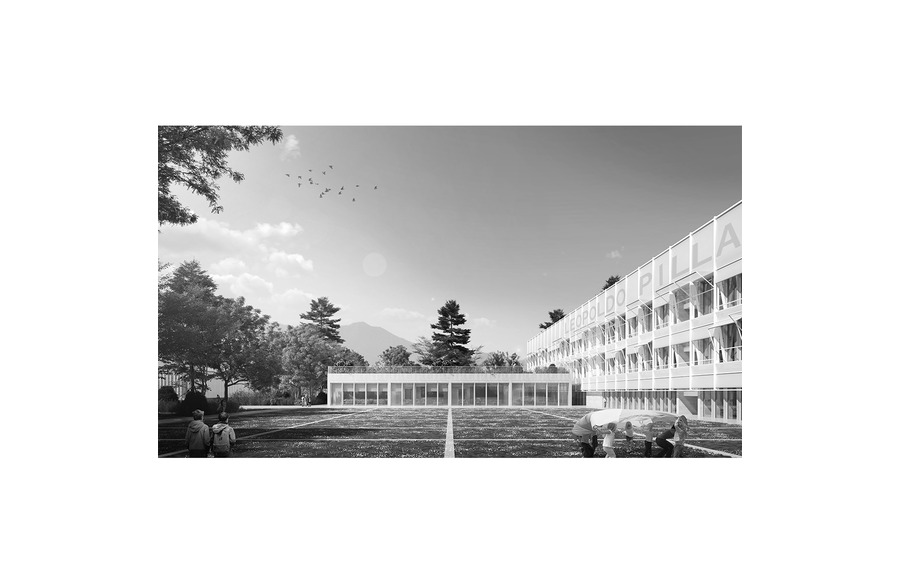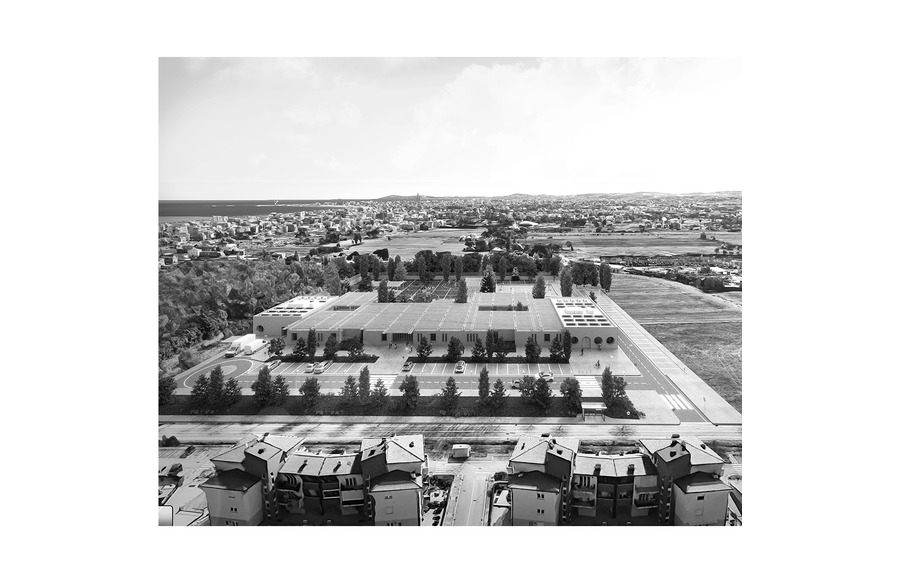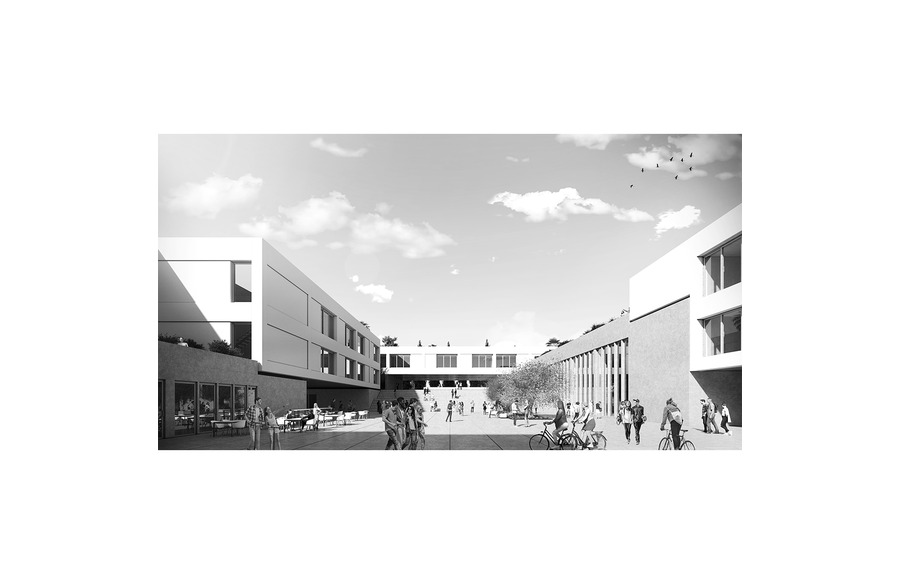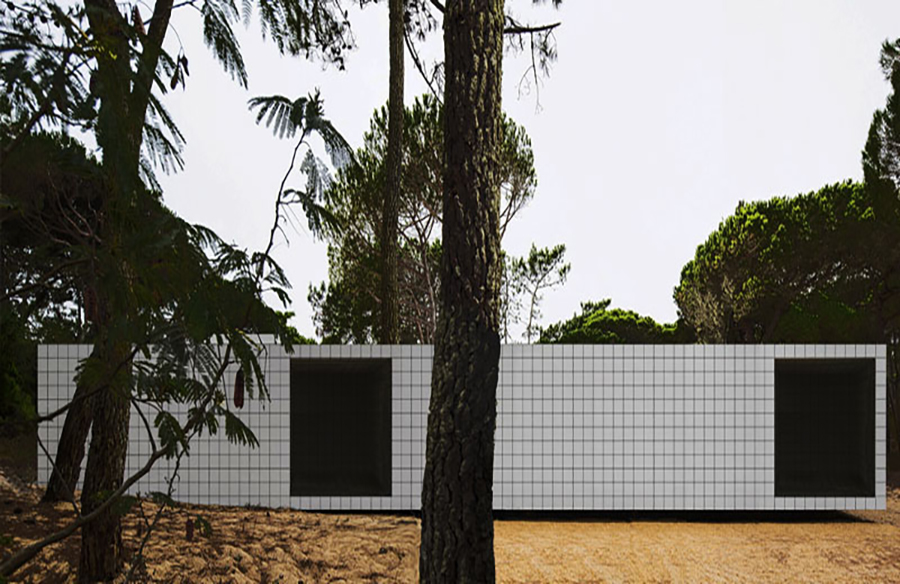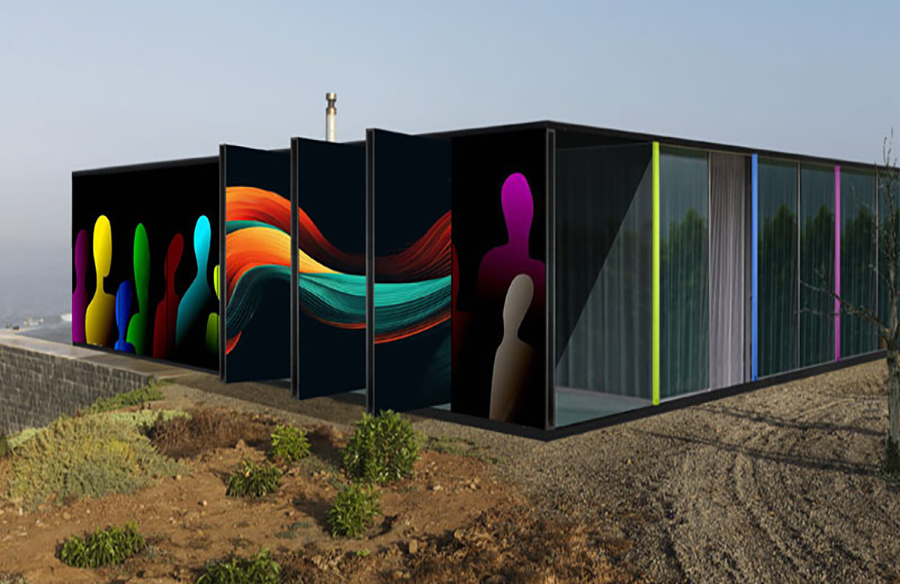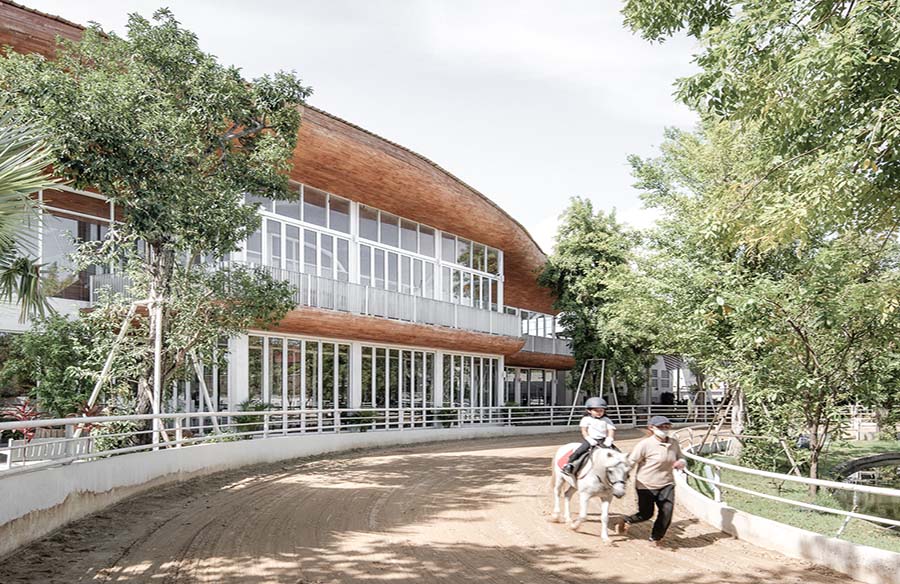Exploring Dutch-Style Mortgages: A Potential Solution for American Homebuyers

As American homebuyers grapple with soaring interest rates and escalating home prices, a potential solution may lie in adopting a strategy inspired by the Netherlands. Dutch-style mortgages, characterized by evolving interest rates that automatically decrease over time, offer a promising avenue to alleviate the financial burden of homeownership.
Understanding Dutch-Style Mortgages
In the Netherlands, home mortgages feature interest rates that adapt over the course of the loan term. This dynamic adjustment is predicated on the principle that as the loan matures and the loan-to-value ratio improves—either through repayment or appreciation of the property—the associated risk diminishes. Consequently, lenders have less incentive to maintain higher interest rates, leading to potential savings for homeowners.
Benefits for American Homebuyers
For American homebuyers, particularly those navigating the competitive real estate market, Dutch-style mortgages present several advantages. Firstly, homeowners can benefit from declining interest rates without incurring the expenses associated with refinancing. Moreover, in the event of a broader decline in mortgage interest rates, the adjusted rate under a Dutch-style mortgage may surpass the benefits of traditional refinancing, offering a compounded advantage to borrowers.
Potential Implications and Challenges
While Dutch-style mortgages have proven successful in the Netherlands, their adoption in the US faces considerable challenges. Unlike many foreign mortgage markets where loans are predominantly held and serviced by banks, the US relies heavily on a secondary market where mortgages are bundled and traded. This structural difference complicates the implementation of individualized loan adjustments over time.
Furthermore, the US mortgage industry is characterized by a culture of frequent refinancing, driven by shifting interest rates and borrower preferences. The prevalence of refinancing, which accounts for a significant portion of mortgage originations, may deter lenders from offering Dutch-style mortgages, which prioritize long-term stability over short-term flexibility.
Conclusion: Exploring Future Possibilities
While widespread adoption of Dutch-style mortgages in the US remains unlikely, recent developments in the UK offer a glimpse of potential shifts in the mortgage landscape. As mortgage lenders and policymakers continue to explore innovative solutions to address the evolving needs of American homebuyers, the success of Dutch-style mortgages abroad may inspire further consideration and adaptation in the US market.
In an era defined by economic uncertainty and changing homeownership dynamics, exploring alternative mortgage models offers a pathway towards greater financial inclusivity and stability for aspiring homeowners across the United States.


 English
English 
